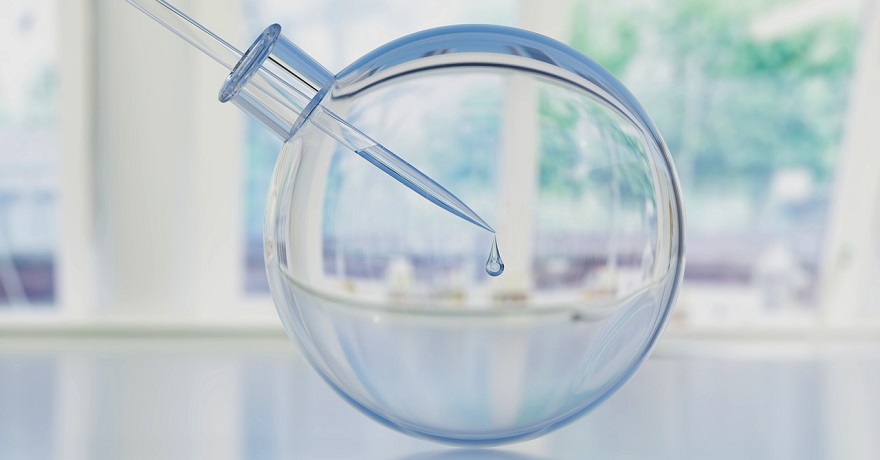South Korean team develops high-efficiency hydrogen fuel electrocatalyst
The discovery can be used to help enhance electrolytic H2 production.
Researchers under Lee Hyoyoung, Associate Director of the Center for Integrated Nanostructure Physics in the Institute for Basic Science (IBS) at Sungkyunkwan University in South Korea have developed a new high-efficiency, long-lasting hydrogen fuel electrocatalyst.
The noble metal-based ruthenium oxide (RuO2) and iridium oxide (IrO2) are used to boost the oxygen generation rate.
The main problem with using noble metal catalysts is that their stability is low under long-term operation and they are very expensive. The University of South Korea researchers believe they have overcome the challenges of relying on noble metals, using cobalt, iron, and a minimal ruthenium quantity. They published their results in the RSC journal Energy & Environmental Science in an open-access paper.
“We used amphiphilic block copolymers to control electrostatic attraction in our single ruthenium (Ru) atom-bimetallic alloy,” explained study co-authors Lee Jinsun and Kumar Ashwani. “The copolymers facilitate the synthesis of spherical clusters of hydrocarbon molecules whose soluble and insoluble segments form the core and shell.” In the researchers’ study, the copolymers have a tendency for a unique chemical structure. This makes it possible for “high performance” of the Ru single atomic alloy’s synthesis to take place at the top of the cobalt-iron (Co-Fe)metallic composite, which is surrounded by a defective, porous and graphitic carbon shell.
The researchers were “excited” to discover the hydrogen fuel electrocatalyst.
The team was pleased to find that the pre-absorbed surface oxygen on the exterior of the Co-Fe alloy, which is absorbed during the synthesis process, results in OOH stabilization during the oxygen generation reaction. The outcome is raised “efficiency of the catalytic reaction,” said corresponding author, Associate Director Lee. Until this most recent finding, researchers hadn’t placed much attention on the pre-absorbed surface oxygen.
The researchers discovered that at 750ºC for a four-hour annealing within an argon atmosphere, the ideal oxygen generating process conditions are created. Beyond that environment, the single Ru atom on the host metal surface lowers the energy barrier where the oxygen generation takes place. This provides synergistic enhancement of the oxygen

evolution efficiency. In this way, the hydrogen fuel electrocatalyst offers marked improvements in efficiency and cost.
'Fuel Cell' 카테고리의 다른 글
| GM、電動化を加速…燃料電池システムをニコラに供給する契約を締結 (0) | 2020.12.02 |
|---|---|
| Nikola's Badger Is Dead as GM-Nikola Agreement Is Scaled Back (0) | 2020.12.01 |
| 현대차, 수소시장 ‘주도권’ 잡는다‥수소전기차(FCEV) 비전 2030 실현 ‘가속’ (0) | 2020.11.27 |
| 연료전지에 꽂힌 조선업계 (0) | 2020.11.27 |
| 水素で動く旅客船、日本企業らが2025年の大阪万博で実用化へ (0) | 2020.11.27 |


